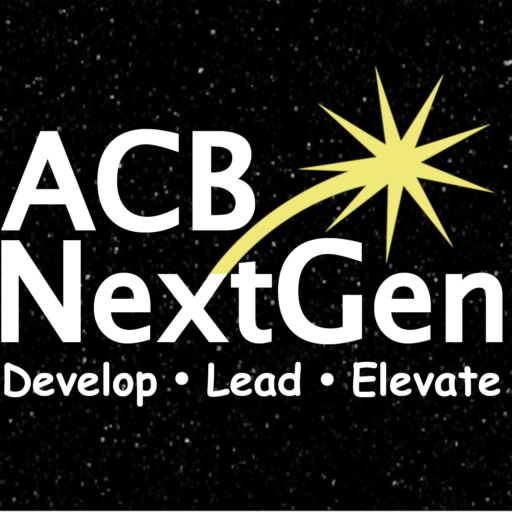As we celebrate National Reading Month, let’s give a shoutout to the widespread reading platforms making books more accessible to blind and low vision people than ever before. Check out the cool platforms listed below – you might stumble upon something new! These offerings may be just what you need to spruce up your virtual bookshelf and add some fresh reads to your collection.
National Library Service eReader
Many of us know the joys of the National Library Service (NLS.) They offer the BARD app for downloading Braille and audio content, hard-copy Braille books shipped to your home, and cartridges to play audiobooks with the NLS player.
What you may not know is that all states now offer the eReader program, where you can get a free Braille device on which to read books in the NLS catalog and on NFB Newsline. Which Braille device, you ask? States offer one of two models. To find out the Braille device offered by your state, or to sign up to receive your Braille eReader, contact your NLS network library.
Note: if you are new to NLS and want to learn more about some of the programs mentioned above, visit this link:
https://www.loc.gov/nls/who-we-are/overview/
Bookshare
Bookshare is another fantastic service, although it costs $79.99 per year if you do not qualify to have this fee waived.
NLS network libraries in some states pay for Bookshare memberships for their patrons. To find out if your state can cover your Bookshare cost, contact your NLS network library. Please note: not all NLS network libraries provide this service.
If you are a student, Bookshare will not charge you a membership fee. Just be sure to sign up as a student, or update your student status in your account. Bookshare will prompt you to confirm student status once a year.
Public Library Apps
There is a huge buzz about public library apps, such as Libby. This is a great low-cost option because you can borrow books for free. These apps are largely accessible, and they can be used by anyone who has a public library card in their area.
There are a few cons to some of these apps. Depending on the book, there may be a wait time to get the book onto your device. Once you receive the book, it will be yours only for a certain amount of time, so read fast!
Other Helpful Apps
No one wants to spend extra money, but what if there is a book you really want to read, and it is not on any of the above platforms?
Audible offers audiobooks and is completely accessible, and they have some free titles for subscribers.
Other platforms including Kindle, Apple Books, and Google Books are accessible as well. You can read titles accessibly from these platforms with a screen reader, pairing a Braille display with the device the application is being used on, or enlarging the text to your comfort level.
Time to Read!
With all of these options, literature is more inclusive to blind and low vision people than any other time in history. Keep reading, keep exploring, and keep spreading the love for books!
